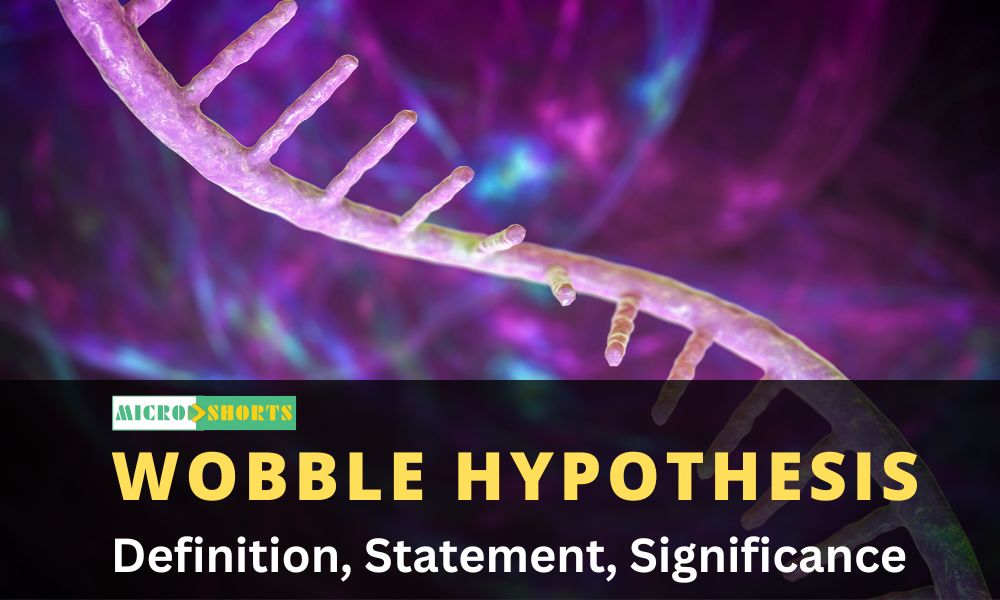We know that the sequence of amino acids ultimately determines the three-dimensional structure of a protein. We also know that proteins can spontaneously adapt their native conformations, be denatured, and be renatured back into their native conformations, as was shown in Figure.
Primary Structure Leads to Tertiary Structure
With modern computing techniques, we are able to predict protein structure. This is becoming more and more possible as more powerful computers allow the processing of large amounts of information.
The encounter of biochemistry and computing has given rise to the burgeoning field of bioinformatics. Prediction of protein structure is one of the principal applications of bioinformatics.
Bioinformatics - the application of computer methods to process large amounts of information in biochemistry
Another important application is the comparison of base sequences in nucleic acids, a topic we shall discuss in Chapter 13, along with other methods for working with nucleic acids. As we shall see, we can now predict protein structure and function by knowing the nucleotide sequence of the gene that eventually leads to the final protein.
The first step in predicting protein architecture is a search of databases of known structures for sequence homology between the protein whose structure is to be determined and proteins of known architecture, where the term homology refers to the similarity of two or more sequences.
Homology - similarity of monomer sequences in polymers
If the sequence of the known protein is similar enough to that of the protein being studied, the known protein’s structure becomes the point of departure for comparative modeling. Use of modeling algorithms that compare the protein being studied with known structures leads to a structure prediction.
This method is most useful when the sequence homology is greater than 25% to 30%. If the sequence homology is less than 25% to 30%, other approaches are more useful. Fold recognition algorithms allow comparison with known folding motifs common to many secondary structures.
We saw a number of these motifs in Section 4-3. Here is an application of that information. Yet another method is de novo prediction, based on first principles from chemistry, biology, and physics. This method, too, can give rise to structures subsequently confirmed by X-ray crystallography.
The flow chart in Figure shows how prediction techniques use existing information from databases. Figure 4.33 shows a comparison of the predicted structures of two proteins (on the right side) for the DNA repair protein MutS and the bacterial protein HI0817. The crystal structures of the two proteins are shown on the left.
Hydrophobic Interactions: A Case Study in Thermodynamics
We briefly introduced the notion of hydrophobic interactions in Section 4-4. Hydrophobic interactions have important consequences in biochemistry and play a major role in protein folding.
Large arrays of molecules can take on definite structures as a result of hydrophobic interactions. We have already seen the way in which phospholipid bilayers can form one such array. Recall (Section 2-1) that phospholipids are molecules that have polar head groups and long nonpolar tails of hydrocarbon chains.
These bilayers are less complex than a folded protein, but the interactions that lead to their formation also play a vital role in protein folding. Under suitable conditions, a double-layer arrangement is formed so that the polar head groups of many molecules face the aqueous environment, whereas the nonpolar tails are in contact with each other and are kept away from the aqueous environment.
These bilayers form three-dimensional structures called liposomes (Figure). Such structures are useful model systems for biological membranes, which consist of similar bilayers with proteins embedded in them.
Liposomes - spherical aggregates of lipids arranged so that the polar head groups are in contact with water and the nonpolar tails are sequestered from water
The interactions between the bilayer and the embedded proteins are also examples of hydrophobic interactions. The very existence of membranes depends on hydrophobic interactions.
The same hydrophobic interactions play a crucial role in protein folding. Hydrophobic interactions are a major factor in the folding of proteins into the specific three-dimensional structures required for their functioning as enzymes, oxygen carriers, or structural elements.
It is known experimentally that proteins tend to be folded so that the nonpolar hydrophobic side chains are sequestered from water in the interior of the protein, whereas the polar hydrophilic side chains lie on the exterior of the molecule and are accessible to the aqueous environment (Figure).
What makes hydrophobic interactions favorable?
Hydrophobic interactions are spontaneous processes. The entropy of the Universe increases when hydrophobic interactions occur.
As an example, let us assume that we have tried to mix the liquid hydrocarbon hexane (C6H14) with water and have obtained not a solution but a two-layer system, one layer of hexane and one of water.
The formation of a mixed solution is nonspontaneous, and the formation of two layers is spontaneous. Unfavorable entropy terms enter into the picture if solution formation requires the creation of ordered arrays of solvent, in this case, water (Figure).
The water molecules surrounding the nonpolar molecules can hydrogen-bond with each other, but they have fewer possible orientations than if they were surrounded by other water molecules on all sides. This introduces a higher degree of order, preventing the dispersion of energy, more like the lattice of ice than liquid water, and thus a lower entropy.
The required entropy decrease is too large for the process to take place. Therefore, nonpolar substances do not dissolve in water; rather, nonpolar molecules associate with one another by hydrophobic interactions and are excluded from water.
Another way to think of it is that each droplet of nonpolar material disrupts water’s ability to hydrogen-bond to more water molecules. Fewer water molecules are so inconvenienced by having just one big droplet instead of lots of little droplets.
Many people think of hydrophobic interactions between amino acids backward. For example, if we look at Figure 4.13 and see the indication of hydrophobic interactions between leucine, valine, and isoleucine, we might conclude that hydrophobic interactions refer to an attraction for these amino acids for each other.
However, we now know that in reality, it is not so much the attraction of the nonpolar amino acids for each other, but rather it is more that they are forced together so that water can avoid having to interact with them.
The Importance of Correct Folding
The primary structure conveys all the information necessary to produce the correct tertiary structure, but the folding process in vivo can be a bit trickier. In the protein-dense environment of the cell, proteins may begin to fold incorrectly as they are produced, or they may begin to associate with other proteins before completing their folding process.
In eukaryotes, proteins may need to remain unfolded long enough to be transported across the membrane of a subcellular organelle. Correctly folded proteins are usually soluble in the aqueous cell environment, or they are correctly attached to membranes.
However, when proteins do not fold correctly, they may interact with other proteins and form aggregates as shown in Figure. This occurs because hydrophobic regions that should be buried inside the protein remain exposed and interact with other hydrophobic regions on other molecules.
Several neurodegenerative disorders, such as Alzheimer’s, Parkinson’s, and Huntington’s diseases, and prion diseases such as Creutzfeldt-Jakob disease, are caused by the accumulation of protein deposits from such aggregates.
Protein-Folding Chaperones
To help avoid the protein-misfolding problem, special proteins called chaperones aid in the correct and timely folding of many proteins. The chaperone protein gets its name from the old-fashioned notion of sending a young person on a date with a “protector,” called a chaperone, who would make sure the date did not stray from socially acceptable behavior.
In other words, the chaperone prevents “unsuitable” liaisons. In protein-folding dynamics, the chaperone does the same thing. It either prevents a protein from associating with another protein with which it should not associate or keeps it from associating with itself in inappropriate ways.
The first such proteins discovered were a family called hsp70 (for 70,000 MW heat-shock protein), which are proteins produced in E. coli grown above optimal temperatures. Chaperones exist in organisms from prokaryotes through humans, and their mechanisms of action are currently being studied.
It is becoming more and more evident that protein-folding dynamics are crucial to protein function in vivo. To conclude this chapter and finish our study of protein structure, we will look at a chaperone that aids the proper formation of hemoglobin.
In the blood, hemoglobin accumulates to a level of 340 g/L, which is a very large amount of a single protein. The control of globin gene expression is complicated and made more so by the fact that there are separate genes for the -chain and the ‑-chain, and they are found on different chromosomes.
There are also two -globin genes for every ‑-globin gene, so there is always an excess of the -chain. Excess -chains can form aggregates, as shown in Figure 4.38, which could lead to damaged red blood cells and a disease called thalassemia.
The -chains can also form aggregates among themselves, leading to a useless form of hemoglobin. The secret to success for hemoglobin production is to maintain the proper stoichiometry between the two types of globin chains.
The -chains must be kept from aggregating together so that there will be enough -chain to complex with the ‑B-chain. In this way the -chains will be occupied with ‑B-chains and will not form B-chain aggregates.
Fortunately, there is a specific chaperone for the -chain, called B-hemoglobin stabilizing protein (AHSP). This chaperone prevents the B-chains from causing damage to blood cells, as well as delivering them to the ‑B-chains.













Comments